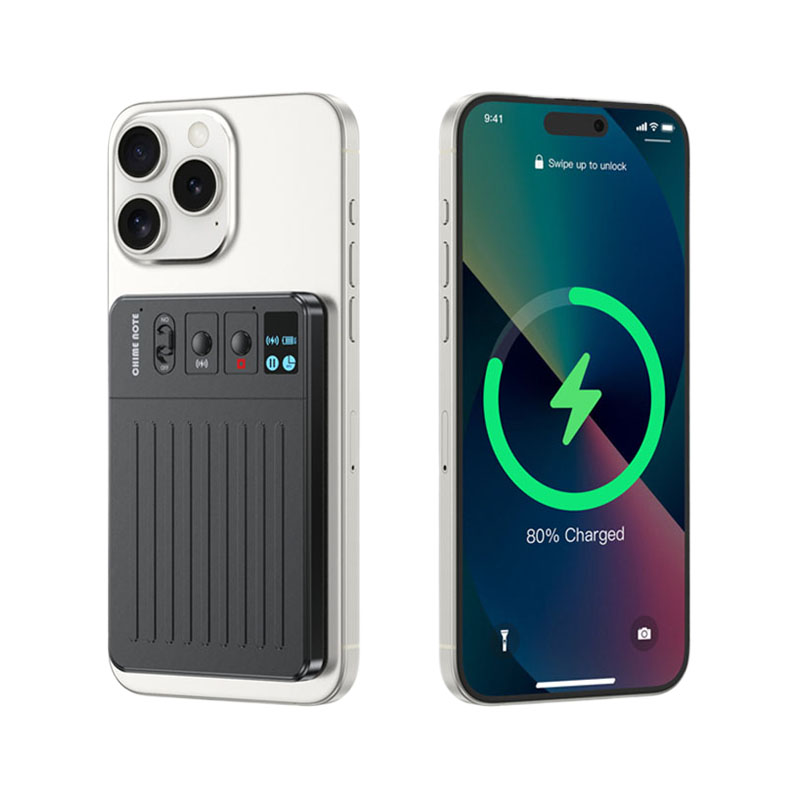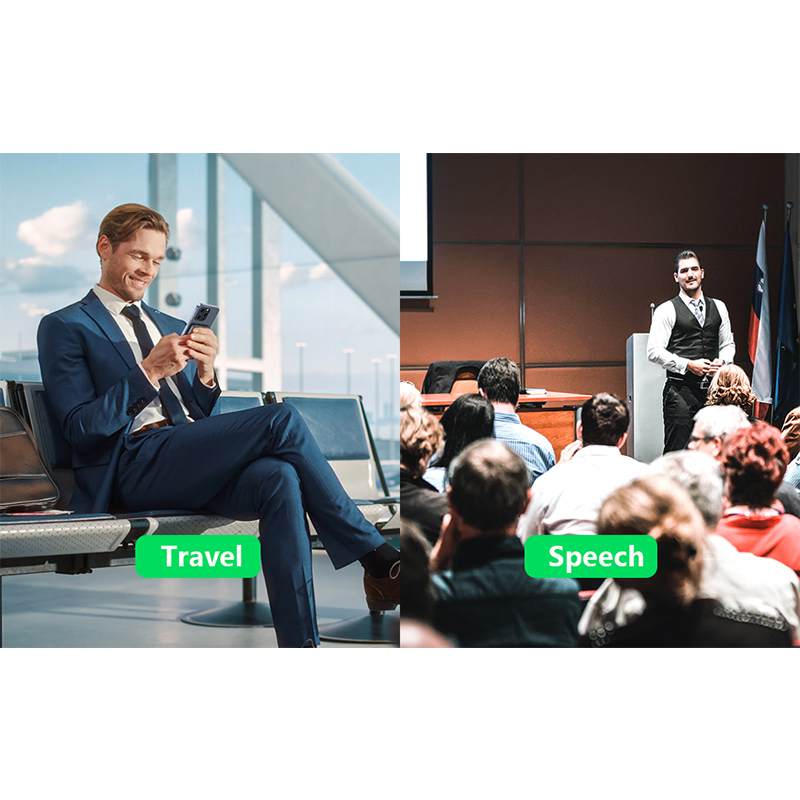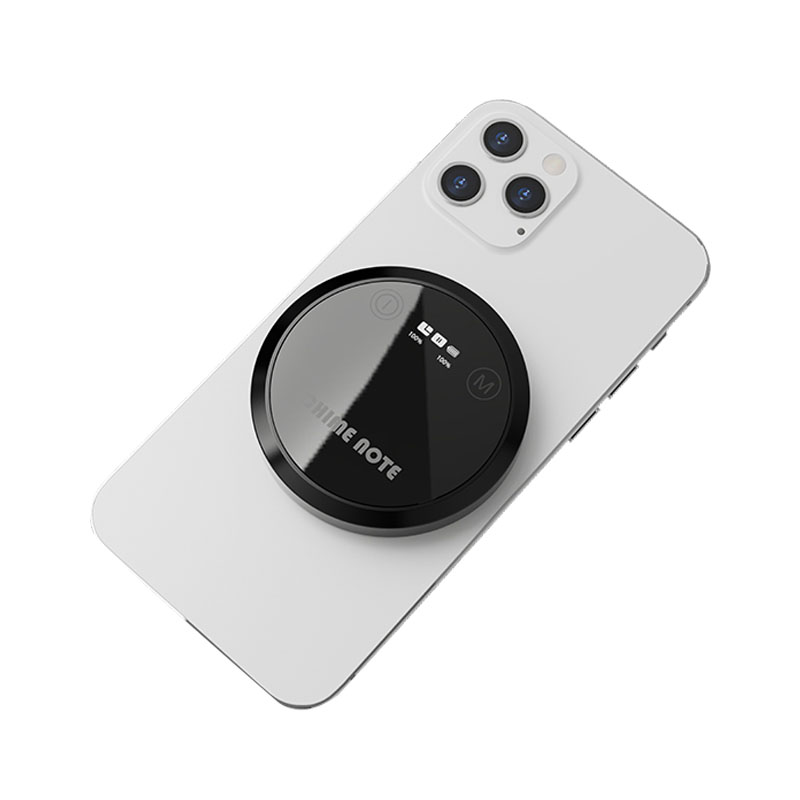Does AI Voice Recorder's instant translation feature cover spoken audio?
Release Time : 2025-10-11
In today's increasingly globalized world, language is no longer simply a tool for communication; it has become a bridge connecting cultures, businesses, and relationships. However, communication barriers caused by language differences remain widespread, especially in real-time, face-to-face conversations. Traditional translation methods are often delayed, stilted, and even disrupt the natural flow of communication. AI Voice Recorder was created to address this pain point. One of its core features, instant translation, is gradually changing the way people interact across languages. Whether this feature truly covers spoken audio and whether it can achieve smooth and accurate two-way translation in real-world conversations is key to measuring its intelligence and practical value.
Translating spoken audio is far more complex than processing pre-recorded text or standardized speech. It involves numerous variables, such as speaking speed, intonation, accent differences, background noise, and the overlapping of multiple speakers, placing extremely high demands on speech recognition and speech conversion technologies. A truly capable AI voice recorder with spoken audio translation capabilities must be able to capture live conversations in real time, rapidly convert the speaker's speech into text, and instantly translate the text into the target language, presenting it to the listener via voice or text. This process must be completed extremely quickly, maintaining semantic coherence and a natural tone, avoiding misunderstandings or awkward moments caused by delays or mistranslations. This "listen and translate" capability is the core of barrier-free communication.
Advanced AI voice recorders, trained on deep neural networks and a large multilingual corpus, possess powerful speech recognition capabilities. They adapt to the accents and pronunciation habits of different countries and regions, accurately capturing key words and semantic structures even when the speaker speaks quickly or with a local accent. In business negotiations, one party presents their views in their native language, while the other party receives the translated results instantly via headphones or a screen. There's no waiting or interruption, ensuring smooth, native-speaking communication. During travel, tourists can converse with locals, and the device automatically recognizes the other party's language and translates it into their preferred language, making everyday interactions like ordering food, asking for directions, and shopping effortless.
Furthermore, an advanced AI voice recorder not only translates one-way speech but also supports two-way conversations. When two people converse in different languages, the device automatically identifies the speaker and switches translation direction, creating a natural, back-and-forth flow. For example, a Chinese businessman and a German client can have a face-to-face conversation with the recorder, translating Chinese into German and then back into Chinese in real time, enabling both parties to communicate directly without relying on a third-party translator. This comprehensive coverage of spoken audio transforms the device from a passive recording tool to an active "language intermediary," acting as a bridge in the conversation.
The addition of a private chat room feature further expands the application of spoken audio translation. In multilingual meetings or family gatherings, multiple participants can connect to the device via their phones, enter a dedicated chat room, and receive real-time transcription and translation in their respective languages. Even in noisy environments, everyone can clearly hear the conversation in their native language through headphones, ensuring that no information is missed. This collective, simultaneous translation mode is particularly suitable for multinational team collaboration, international education, or family communication, allowing every participant to participate equally.
Furthermore, the practicality of spoken audio translation is also reflected in its ability to preserve context and emotion. Excellent translation systems not only convey literal meaning but also recognize tone, pauses, and emotional overtones, avoiding translating a lighthearted joke into a blunt statement. Through semantic understanding and contextual association, translations are closer to the original meaning and reduce cultural misunderstandings.
In summary, AI Voice Recorder's instant translation function fully covers spoken audio, enabling efficient and accurate cross-language translation in realistic, dynamic conversation scenarios. This represents not only a technological breakthrough but also a revolution in interpersonal communication. Choosing a device with this capability will infuse fluency and confidence into every cross-language exchange, transforming language from a barrier to distance into a bond that connects the world.
Translating spoken audio is far more complex than processing pre-recorded text or standardized speech. It involves numerous variables, such as speaking speed, intonation, accent differences, background noise, and the overlapping of multiple speakers, placing extremely high demands on speech recognition and speech conversion technologies. A truly capable AI voice recorder with spoken audio translation capabilities must be able to capture live conversations in real time, rapidly convert the speaker's speech into text, and instantly translate the text into the target language, presenting it to the listener via voice or text. This process must be completed extremely quickly, maintaining semantic coherence and a natural tone, avoiding misunderstandings or awkward moments caused by delays or mistranslations. This "listen and translate" capability is the core of barrier-free communication.
Advanced AI voice recorders, trained on deep neural networks and a large multilingual corpus, possess powerful speech recognition capabilities. They adapt to the accents and pronunciation habits of different countries and regions, accurately capturing key words and semantic structures even when the speaker speaks quickly or with a local accent. In business negotiations, one party presents their views in their native language, while the other party receives the translated results instantly via headphones or a screen. There's no waiting or interruption, ensuring smooth, native-speaking communication. During travel, tourists can converse with locals, and the device automatically recognizes the other party's language and translates it into their preferred language, making everyday interactions like ordering food, asking for directions, and shopping effortless.
Furthermore, an advanced AI voice recorder not only translates one-way speech but also supports two-way conversations. When two people converse in different languages, the device automatically identifies the speaker and switches translation direction, creating a natural, back-and-forth flow. For example, a Chinese businessman and a German client can have a face-to-face conversation with the recorder, translating Chinese into German and then back into Chinese in real time, enabling both parties to communicate directly without relying on a third-party translator. This comprehensive coverage of spoken audio transforms the device from a passive recording tool to an active "language intermediary," acting as a bridge in the conversation.
The addition of a private chat room feature further expands the application of spoken audio translation. In multilingual meetings or family gatherings, multiple participants can connect to the device via their phones, enter a dedicated chat room, and receive real-time transcription and translation in their respective languages. Even in noisy environments, everyone can clearly hear the conversation in their native language through headphones, ensuring that no information is missed. This collective, simultaneous translation mode is particularly suitable for multinational team collaboration, international education, or family communication, allowing every participant to participate equally.
Furthermore, the practicality of spoken audio translation is also reflected in its ability to preserve context and emotion. Excellent translation systems not only convey literal meaning but also recognize tone, pauses, and emotional overtones, avoiding translating a lighthearted joke into a blunt statement. Through semantic understanding and contextual association, translations are closer to the original meaning and reduce cultural misunderstandings.
In summary, AI Voice Recorder's instant translation function fully covers spoken audio, enabling efficient and accurate cross-language translation in realistic, dynamic conversation scenarios. This represents not only a technological breakthrough but also a revolution in interpersonal communication. Choosing a device with this capability will infuse fluency and confidence into every cross-language exchange, transforming language from a barrier to distance into a bond that connects the world.







